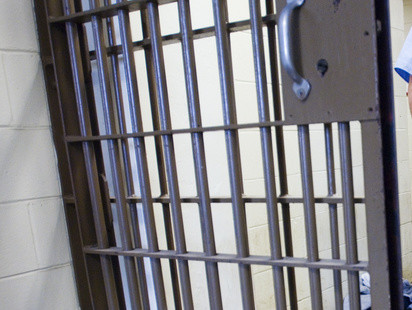Before the Legislature starts tearing apart the state’s corrections system, as recommended in several bills sponsored on behalf of some county officials, lawmakers should remember why these facilities exist.
We have prisons and jails to hold people who have been convicted of crimes or are awaiting trial in the most cost-effective way that is safe for them, the staff and the community at large.
Whenever possible, these facilities should help address underlying issues like drug abuse and mental illness in a way that would reduce recidivism, saving money and helping former inmates live more productive lives.
Jails are not designed to be a source of cheap labor, although jail work crews can provide needed services. And they are not supposed to be cash cows for their home counties, although some people have come to see them this way.
Three years ago, Maine consolidated its corrections system to better carry out its mission, and while what’s been done so far is not perfect, it still has succeeded by several measures.
For one thing, it has stopped the repeated crowding issues at the Maine State Prison, which otherwise may have resulted in paying to board Maine prisoners in out-of-state facilities, or hiring staff to expand the prison’s capacity. The consolidated system has guaranteed space at county jails, which allows Maine to meet its correctional needs without building new facilities.
And the new system has frozen costs for the counties, ending unpredictable annual increases – usually related to inmate health care – that put constant pressure on the municipalities that pay county assessments. According to the Department of Corrections, the new system has already saved county taxpayers $8.5 million and that will grow with time.
Drug treatment programs, like the one at Kennebec County’s jail, could result in more savings down the line if inmates connect with therapy while serving their sentences and continue after they are released into the community.
There have been fiscal setbacks for some counties, particularly those that banked on receiving large payments from the state to house excess prisoners. But transferring money from the state coffers to some counties’ is not part of the corrections system’s mission.
Like every aspect of state government, this one is deserving of a good, hard look, and lawmakers should try to find ways to make it more efficient.
But going back to the old days of 15 county jails and a state prison system, all acting independently from each other, should not be the goal. We already know that doesn’t work.
Send questions/comments to the editors.



Success. Please wait for the page to reload. If the page does not reload within 5 seconds, please refresh the page.
Enter your email and password to access comments.
Hi, to comment on stories you must . This profile is in addition to your subscription and website login.
Already have a commenting profile? .
Invalid username/password.
Please check your email to confirm and complete your registration.
Only subscribers are eligible to post comments. Please subscribe or login first for digital access. Here’s why.
Use the form below to reset your password. When you've submitted your account email, we will send an email with a reset code.